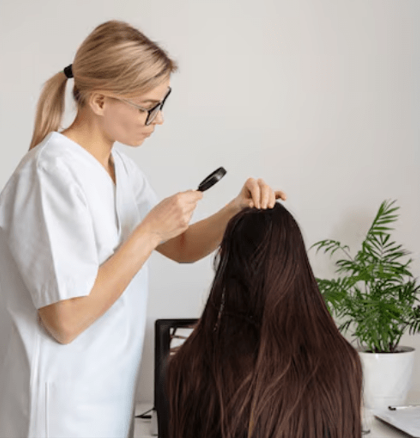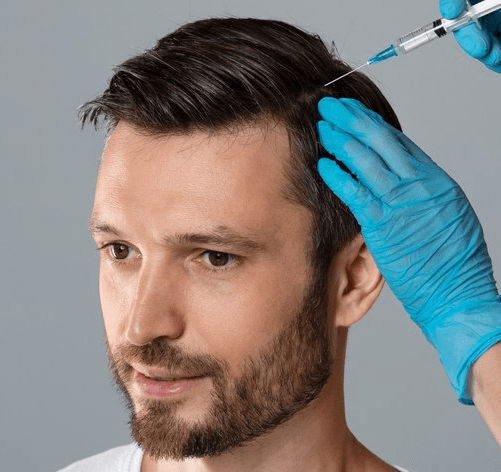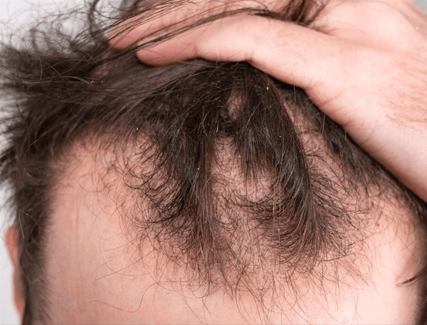South Korea has emerged as one of the world’s most trusted destinations for LASIK eye surgery, offering world-class clinics, affordable procedures, and high patient satisfaction. But for medical tourists, the key to successful LASIK results lies in choosing the right surgeon—one with the experience, credentials, and patient-centered approach to guide you through a safe and successful vision correction journey.
Whether you’re flying in from the U.S., Singapore, or the Middle East, here’s a comprehensive checklist to help you confidently choose the right LASIK surgeon in Korea.
✅ 1. Board Certification & Professional Credentials
Why It Matters:
Only qualified ophthalmologists with LASIK specialization should perform this delicate surgery. Board certification guarantees that the surgeon has met strict standards of education, training, and ethical practice.
What to Look For:
- Licensed by the Korean Ophthalmological Society (KOS)
- Trained in corneal and refractive surgery
- Affiliated with reputable institutions (e.g., Seoul National University, Yonsei, Samsung Medical Center)
Bonus Tip:
Look for additional credentials such as fellowship training in the U.S. or Europe, which often signals international expertise.
✅ 2. Extensive LASIK Experience
Why It Matters:
Experience directly correlates with precision and patient outcomes. A surgeon who has performed thousands of LASIK procedures is more likely to accurately handle diverse cases—including complex prescriptions or thin corneas.
What to Ask:
- How many LASIK surgeries have you performed?
- Do you specialize in LASIK or also perform other types of refractive surgery (e.g., SMILE, LASEK, PRK)?
- What is your complication rate?
✅ 3. Access to Advanced LASIK Technology
Why It Matters:
Modern laser systems offer higher accuracy, faster healing, and fewer side effects. Your surgeon should be trained in and regularly use the latest equipment.
Look for clinics using:
- Femtosecond laser (IntraLase FS, Ziemer) for bladeless flap creation
- Excimer lasers (WaveLight EX500, VISX Star S4 IR) for reshaping the cornea
- Wavefront-guided or Contoura Vision LASIK for customized treatment
Ask:
Is the LASIK technology FDA-approved and regularly calibrated?
✅ 4. Thorough Pre-Operative Evaluation
Why It Matters:
A reliable surgeon never rushes into surgery. Proper screening ensures you are a suitable candidate and helps reduce risks.
A comprehensive evaluation includes:
- Corneal thickness (pachymetry)
- Pupil size measurement
- Corneal topography and tomography
- Tear production test
- Review of medical and vision history
Red Flag:
Avoid surgeons who promise surgery without a thorough exam or suggest “one-size-fits-all” procedures.
✅ 5. Clear Communication & Language Support
Why It Matters:
As a medical tourist, you need to clearly understand the procedure, risks, recovery, and follow-up plans—even if you don’t speak Korean.
What to Look For:
- Clinics with English-speaking surgeons or trained medical coordinators
- Translation support in Chinese, Japanese, or Arabic
- Printed or digital post-op instructions in your language
Top clinics like SNU Eye Clinic, B&VIIT Eye Center, and BS Eye Clinic provide dedicated coordinators for international patients.
✅ 6. Patient Reviews & Testimonials
Why It Matters:
Firsthand experiences offer valuable insights into how a clinic treats international patients and manages results.
Where to Check:
- Google Reviews and Naver (Korean search engine)
- Medical tourism forums (e.g., RealSelf, Reddit, TripAdvisor)
- Clinic websites with before/after case studies and video testimonials
What to Look For:
- Consistent high ratings from foreign patients
- Transparent testimonials discussing both pros and cons
- Personalized patient stories, not generic marketing claims
✅ 7. Follow-Up Care and Travel-Friendly Scheduling
Why It Matters:
As a medical tourist, your time is limited. A good LASIK surgeon will provide a recovery plan that fits your travel schedule while ensuring safety.
Ask:
- How many post-op checkups are required before I return home?
- What happens if I have side effects after I leave Korea?
- Do you offer telemedicine follow-ups?
Many clinics allow you to fly home within 3–7 days, with digital follow-up support through WhatsApp, email, or video calls.
✅ 8. Transparent Pricing and Packages
Why It Matters:
LASIK in Korea is cost-effective, but pricing should be transparent—no hidden fees or surprise costs.
What’s Usually Included:
- Pre-op evaluation
- Surgery (one or both eyes)
- Eye drops and medications
- Follow-up checkups
- Post-op care instructions
Expect to pay between ₩1,000,000–₩2,500,000 KRW ($800–$2,000 USD), depending on technology and surgeon experience.
✅ 9. Clinic Accreditation and Safety Standards
Why It Matters:
An accredited facility follows strict infection control, sterilization, and patient safety protocols—especially crucial during international travel.
Check for:
- Accreditation by the Korean Ministry of Health and Welfare
- International certifications (ISO, JCI, etc.)
- Emergency protocols in case of rare complications
✅ 10. Trust Your Instincts
Why It Matters:
Finally, trust how you feel after speaking with the surgeon or their team. Were your questions answered clearly? Did you feel rushed or respected? Did they focus on your needs or just promote the procedure?
A good LASIK surgeon should:
- Prioritize education, not pressure
- Customize treatment for your eye condition
- Be upfront about risks, not just benefits
🌍 Recommended LASIK Clinics in Korea for Medical Tourists
Here are a few clinics known for their international patient services:
🏥 SNU Eye Clinic (Seoul)
- Top-tier university-affiliated team
- Advanced diagnostic equipment
- English-speaking support staff
🏥 B&VIIT Eye Center (Gangnam, Seoul)
- Specializes in foreign patient LASIK programs
- Offers SMILE, LASIK, and LASEK
- Customized visual correction based on corneal mapping
🏥 BS Eye Clinic (Busan & Seoul)
- More than 20 years of experience
- All-laser LASIK available
- Multilingual service options
Final Thoughts
Choosing the right LASIK surgeon in Korea doesn’t have to be overwhelming. By following this comprehensive checklist, medical tourists can identify skilled, patient-focused, and technologically advanced professionals who deliver outstanding results.
Remember: your vision is precious. Don’t settle for convenience—choose expertise, safety, and care.




